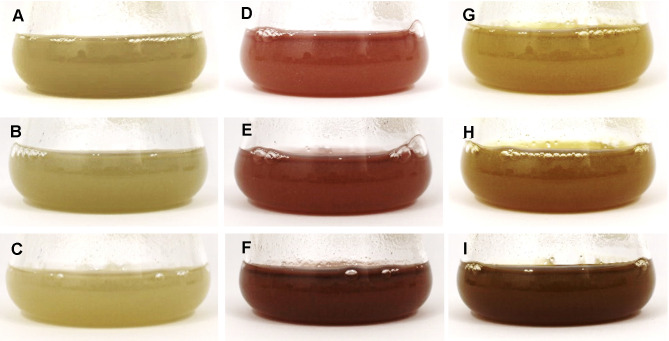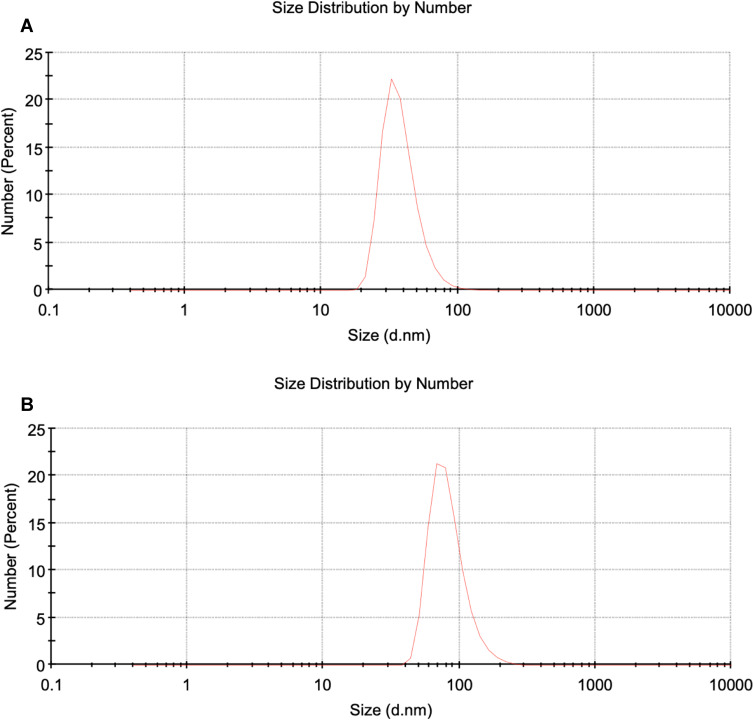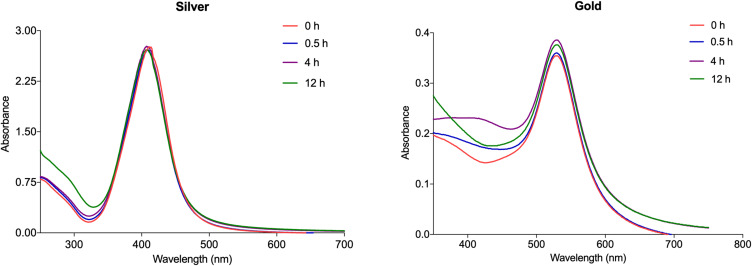纳米颗粒影响植物细胞内务基因的表达稳定性。
IF 2.4
Q2 NANOSCIENCE & NANOTECHNOLOGY
Nanotechnology, Science and Applications
Pub Date : 2020-08-13
eCollection Date: 2020-01-01
DOI:10.2147/NSA.S265641
引用次数: 1
摘要
目的:我们报道了几个内参基因的表达稳定性,这些内参基因可用于金属纳米颗粒(NPs)激发植物细胞的实时荧光定量PCR (qRT-PCR)分析中靶基因表达的规范化。材料与方法:以直径为14 ~ 15 nm的银、金纳米粒子(NPs) 25 mg/l处理贯叶连翘(Hypericum perforatum)均匀细胞悬浮培养。0.5、4.0和12 h后收集细胞,采用qRT-PCR分析细胞总RNA中ACT2、ACT3、ACT7、EF1-α、GAPDH、H2A、TUB-α、TUB-β和18S rRNA基因的稳定性。使用geNorm、NormFinder、BestKeeper和RefFinder统计算法分析基因的周期阈值(Ct),对基因稳定性进行排序。通过正常化HYP1的表达验证了排名靠前的基因的稳定性。结果:持家基因的表达随处理时间和NP类型的不同而不同。EF1-α在金NP处理中、TUB-α和EF1-α在银NP处理中均居前三位。然而,没有一个基因随时间和NP类型保持其最高排名。结论:EF1-α可作为含银和金两种NPs的贯叶连翘细胞治疗的参考。TUB-α仅可用于银np处理的细胞。大多数内参基因的表达不稳定突出了系统标准化内参基因对NP治疗条件的重要性,从而得出正确的靶基因表达结论。本文章由计算机程序翻译,如有差异,请以英文原文为准。



Nanoparticles Affect the Expression Stability of Housekeeping Genes in Plant Cells.
Purpose We report on the expression stability of several housekeeping/reference genes that can be used in the normalization of target gene expression in quantitative real-time PCR (qRT-PCR) analysis of plant cells challenged with metal nanoparticles (NPs). Materials and Methods Uniform cell suspension cultures of Hypericum perforatum were treated with 25 mg/l silver and gold NPs (14–15 nm in diameter). Cells were collected after 0.5, 4.0, and 12 h. The total RNA isolated from the cells was analyzed for the stability of ACT2, ACT3, ACT7, EF1-α, GAPDH, H2A, TUB-α, TUB-β, and 18S rRNA genes using qRT-PCR. The cycle threshold (Ct) values of the genes were analyzed using the geNorm, NormFinder, BestKeeper, and RefFinder statistical algorithms to rank gene stability. The stability of the top-ranked genes was validated by normalizing the expression of HYP1. Results The expression of the tested housekeeping genes varied with treatment duration and NP types. EF1-α in gold NP treatment and TUB-α and EF1-α in silver NP treatment ranked among the top three positions. However, none of the genes retained their top ranking with time and across NP types. Conclusion EF1-α can be used as a reference for treatment involving both silver and gold NPs in H. perforatum cells. TUB-α can be used only for silver NP-treated cells. The expression instability of most of the housekeeping genes highlights the importance of systematic standardization of reference genes for NP treatment conditions to draw proper conclusions on the target gene expression.
求助全文
通过发布文献求助,成功后即可免费获取论文全文。
去求助
来源期刊

Nanotechnology, Science and Applications
NANOSCIENCE & NANOTECHNOLOGY-
CiteScore
11.70
自引率
0.00%
发文量
3
审稿时长
16 weeks
期刊介绍:
Nanotechnology, Science and Applications is an international, peer-reviewed, Open Access journal that focuses on the science of nanotechnology in a wide range of industrial and academic applications. The journal is characterized by the rapid reporting of reviews, original research, and application studies across all sectors, including engineering, optics, bio-medicine, cosmetics, textiles, resource sustainability and science. Applied research into nano-materials, particles, nano-structures and fabrication, diagnostics and analytics, drug delivery and toxicology constitute the primary direction of the journal.
 求助内容:
求助内容: 应助结果提醒方式:
应助结果提醒方式:


